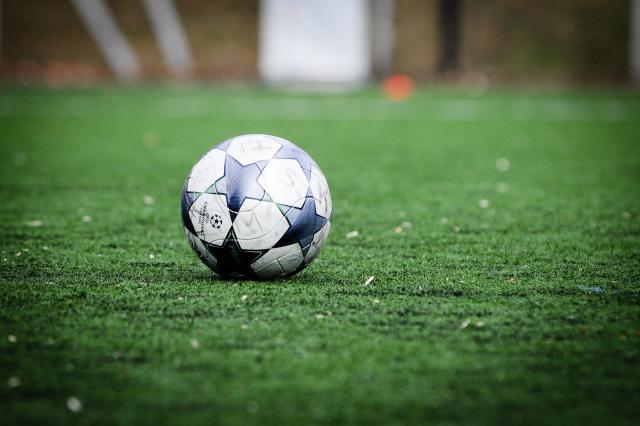Caitlin Clark Injury Concerns: Is Physicality Taking a Toll on the Rising Star?

Indiana Fever sensation Caitlin Clark's electrifying arrival in the WNBA has captivated fans, but a string of injuries is raising concerns. After suffering her third injury of the season during Tuesday night's game against the Connecticut Sun in Boston, Clark was sidelined for Wednesday's road clash against the New York Liberty. This latest setback has sparked a wider discussion: is the increased physicality of the WNBA proving to be a significant factor in Clark's injury woes?
Clark's transition from college basketball to the WNBA has been remarkable, showcasing her exceptional shooting skills and court vision. However, the WNBA presents a markedly different level of physicality compared to her collegiate career at Iowa. Professional defenders are more aggressive, more experienced in exploiting weaknesses, and utilize a wider range of techniques to impede offensive players. This increased contact, while a natural part of the game, is undoubtedly placing a greater physical strain on Clark.
Fever coach Stephanie White has acknowledged the challenge, stating that Clark's adjustment to the WNBA's physicality is ongoing. “She’s learning how to play through contact, how to protect herself,” White commented. “It’s a process, and we’re working with her on it.” This highlights a key area for development – not just improving strength and conditioning, but also refining Clark’s understanding of how to navigate the league’s more robust defensive play.
The nature of Clark's injuries - a left ankle sprain, a left quad contusion, and now the latest undisclosed issue - suggests a pattern of impact-related setbacks. While attributing each injury solely to the physicality of the WNBA would be an oversimplification, it's clear that the heightened level of contact is a contributing factor. Factors like travel schedules, demanding game loads, and the pressure to perform at a high level also play a role in player fatigue and injury risk.
Looking ahead, several strategies could help mitigate the risk of further injuries for Clark. These include:
- Strength and Conditioning: Focusing on building core strength, agility, and overall physical resilience.
- Film Study: Analyzing opponent defensive strategies to anticipate contact and anticipate defensive maneuvers.
- Protective Techniques: Improving her ability to absorb contact and protect the ball.
- Load Management: Strategically managing her playing time to prevent overexertion.
The Fever's success, and Clark's long-term career, hinges on addressing these concerns. While her talent is undeniable, navigating the physicality of the WNBA is a crucial hurdle she must overcome. The league and the Fever organization have a responsibility to support her development in this area, ensuring she can continue to showcase her remarkable abilities for years to come. The focus now shifts to her recovery and a careful, considered approach to her return to the court, prioritizing her health and well-being above all else.
The question remains: can Caitlin Clark adapt and thrive in the WNBA’s more physical environment? Only time will tell, but the Fever and her fans will be closely monitoring her progress.





